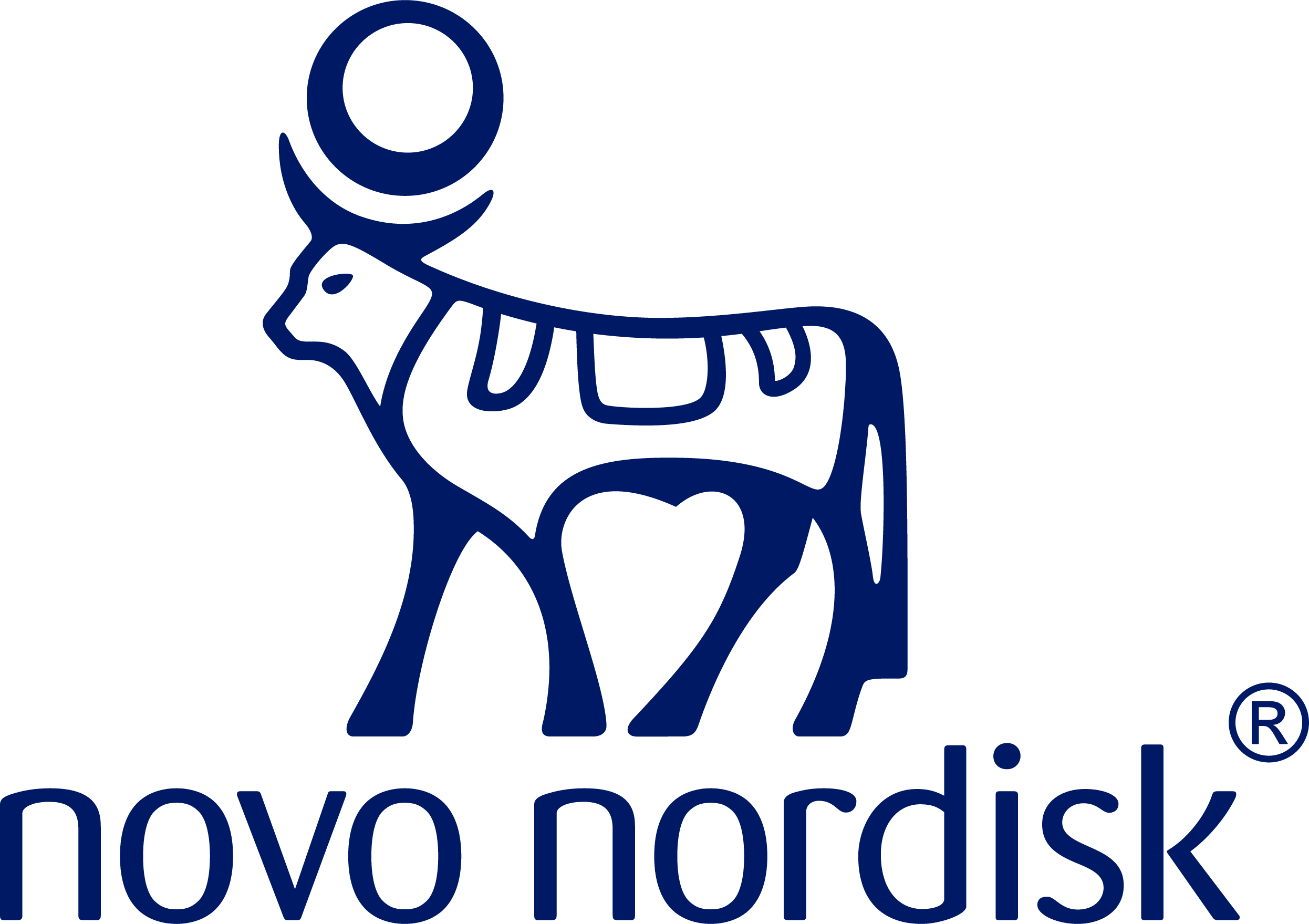Treatment Options
There are many choices along the weight-loss journey
Successfully managing obesity with adult patients requires a comprehensive long-term plan to help break the cycle of weight loss and regain.1,2
It’s important to understand when you should be leveraging different treatment options for your patients based on their BMI.2

Healthy eating, physical activity, and behavioral therapy should be continued throughout the treatment of obesity.3
What you and your patients with obesity should know about knockoff or compounded weight‑management medicines
Companies are promoting and selling non–FDA-approved or knockoff weight-management medicines directly to patients.
These medicines can expose patients to unknown safety risks. So it’s important to talk to your patients about these medications.
If you have a patient who has experienced adverse effects from knockoff medicines, you are encouraged to report those to the FDA. Visit www.fda.gov/medwatch or call 1-800-FDA-1088.

“There’s real biology behind obesity.4,5 It’s a maladaptive survival mechanism for people who try to lose weight and have not succeeded. I tell appropriate patients that obesity is just like any other chronic disease that may require pharmacotherapy* along with lifestyle changes.”1
Carlos Campos, MD
Primary Care Physician, Board-Certified Obesity Specialist
*Or bariatric surgery, depending on the individual patient.
Understanding pharmacological options
Pharmacotherapy can play an important role in weight management by supplementing healthy eating and physical activity.2,6 For appropriate patients, pharmacological treatments can be part of a comprehensive approach to long-term weight management. Pharmacological treatments may be classified into 2 types, based on duration of therapy:
Short-term treatments, which are FDA-approved prescription treatments that are usually taken for up to 12 weeks6
Long-term treatments, which are FDA approved for chronic management of obesity to help patients maintain a healthier weight as an adjunct to diet and exercise. Pharmacological management in conjunction with lifestyle changes may help patients achieve a healthier weight2
Most pharmacotherapies for the management of obesity work via at least 1of 3 broad physiological methods2,7
Decreased macronutrient absorption
Some pharmacotherapies decrease the ability of the gastrointestinal system to absorb energy from digested food2

Reduced appetite
Most pharmacotherapies decrease food consumption behaviors, effectively decreasing energy intake2,7
Increased satiety
Some pharmacotherapies increase the satiety experienced after consuming food, which can reduce food intake2,7
BMI, body mass index; FDA, US Food and Drug Administration.
Some pharmacological treatments may benefit patients who2:
- Have tried lifestyle changes but can’t reach a healthier weight
- Are regaining weight after losing it
- Have a BMI of ≥27 kg/m2 and a weight-related comorbidity
- Have a BMI of ≥30 kg/m2
Current medications approved for long-term use should be offered to patients when potential benefits outweigh the risks.
A strong partnership between you and your patients lays the foundation for successful weight management
How you speak with your patients can be just as important as what you say. Ask open-ended questions, affirm each patient’s perception of the situation, reflect on what you heard to ensure understanding, and summarize your shared understanding as you work to set specific goals.
Support motivation by calling attention to your patient’s progress8
Help minimize lapses by developing coping strategies and proactive plans for challenging situations8
Avoid frustration and failure by embracing cognitive flexibility—the ability to accept when weight management doesn’t go according to plan8
When considering pharmacotherapy1:
- Use it as an adjunct to a patient’s lifestyle-modification efforts, not as a replacement
- Understand and communicate potential associated risks
- Remember that every patient is different and if a clinically meaningful weight loss (≥5%) is not achieved after 3-4 months, consider revising the current weight-management plan
1. Bray GA, Kim KK, Wilding JPH; World Obesity Federation. Obesity: a chronic relapsing progressive disease process. A position statement of the World Obesity Federation. Obes Rev. 2017;18(7):715-723.
2. Garvey WT, Mechanick JI, Brett EM, et al; Reviewers of the AACE/ACE Obesity Clinical Practice Guidelines. American Association of Clinical Endocrinologists and American College of Endocrinology comprehensive clinical practice guidelines for medical care of patients with obesity. Endocr Pract. 2016;22(suppl 3):1-203.
3. Jensen MD, Ryan DH, Apovian CM, et al. 2013 AHA/ACC/TOS guideline for the management of overweight and obesity in adults: a report of the American College of Cardiology/American Heart Association Task Force on Practice Guidelines and The Obesity Society [published correction appears in Circulation. 2014 Jun 24;129(25 Suppl 2):S139-40]. Circulation. 2014;129(25 Suppl 2):S102-S138.
4. Lam YY, Ravussin E. Analysis of energy metabolism in humans: a review of methodologies. Mol Metab. 2016;5(11):1057-1071.
5. Sumithran P, Prendergast LA, Delbridge E, et al. Long-term persistence of hormonal adaptations to weight loss. N Engl J Med. 2011;365(17):1597-1604.
6. Pilitsi E, Farr OM, Polyzos SA, et al. Pharmacotherapy of obesity: available medications and drugs under investigation. Metabolism. 2019;92:170-192.
7. Burguera B, Fitch A, Owens GM, Patel D, San Martin VT. Management of obesity: considerations in managed care medicine. J Manag Care Med. 2018:1-24.
8. Hall KD, Kahan S. Maintenance of lost weight and long-term management of obesity. Med Clin North Am. 2018;102(1):183-197.




